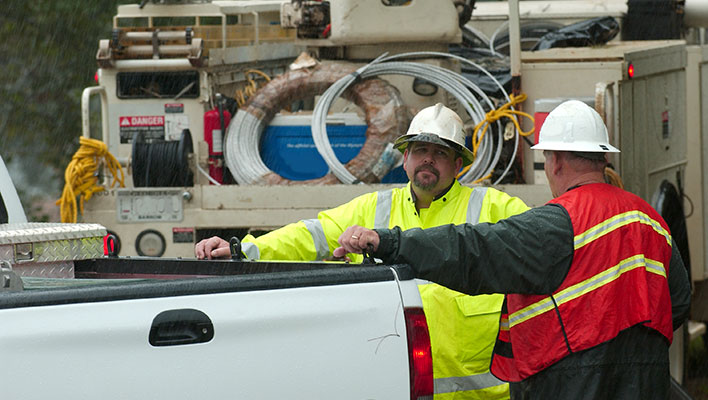Utilities are investing millions to improve the acquisition of customer data in their attempts to streamline and improve billing, while finding ways to standardize energy consumption and generation costs. Improving energy efficiency in our homes, businesses, schools, governments, and industries via the smart grid, smart meters and other tech is of great prominence as utilities reach mandates on a reduction of carbon emissions by 2050, sustainability goals, and look for ways that deliver more profitability. However, without an internal review process of daily and emergency procedures, you are missing a vital subset of analytics that can leave innovative forecasting blind to open paths that serve clients needs and cut costs.
If you are monitoring data relevant to your customers to help with your efficiency, are you also investing in technology to help with capturing and organizing work and resource information, including contractors used and historical data capture?
Loose paperwork, hastily filled-out work tickets, spreadsheets, half-erased white boards, and post-it notes do not give any organization a complete picture or record of who was where, when or job completions. Details are lost during a speedy restoration process leaving reporting to become potentially unclear to inhouse stakeholders and outside regulators. Data is lost, such as how many crew members and resources it took to finish a job, the time it took them to complete it, how many contractors were assigned to a field opportunity, and the real time they clocked in and out. There are also issues with inventory selection and check out, what equipment was used where and when, and clarity on what an initial problem was and how it was solved.
Each of these data points are extremely important in performing predictive analysis and cost estimations. It allows utilities to understand how they can improve restoration and set-up times and find savings on reducing callouts, contractor hires and the efficient use of material in the warehouse, stockyard or what is already on a truck.
Software, like the ARCOS Resource Management platform, can help with accurate real-time data:
- Mobile Workbench provides a way to tie in any system a utility may be using and issuing one source of truth for all work ordered and inventory items used to close out issued tickets.
- Crew Manager provides the same historical data capture, but on a dispatched crew level.
- Callout can let you know when employees were called and when they accepted a crew assignment.
Data collection across the whole business spectrum should be on the minds of all utility employees from the boardroom on down. Customer data is essential, but matching it with backend work and resource management data provides the option to find trends, failings, successes, and chances to improve processes while completing the operational picture.
A clear view of how to achieve faster restoration times and future savings is possible and can be realized. We’d love to tell you how.




